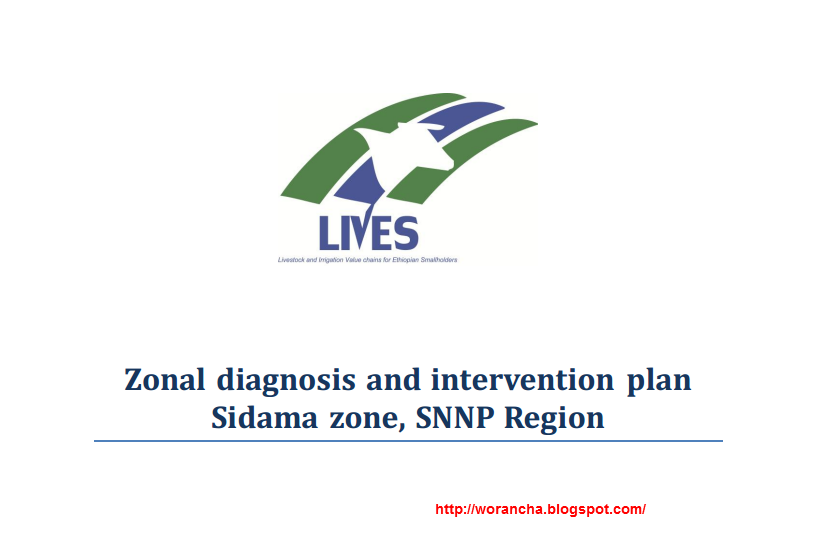Impacts of narrow media Coverage in Fichee-Cambalala celebration: A Critique of Ethiopian Television

Photo:https://www.facebook.com/photo.php?fbid=571538989577372&set=a.102187106512565.2988.100001638274338&type=1&theater By: Kinkino Kia, August, 2013 As known, a Sidama nation is among the few nations in the world who have its own calendar. Its new year and calendar, which is based on the lunar calendar, is also different from the Gregorian, Muslim and Ethiopian calendar. Moreover, the Sidama’s new year calendar is not based on pre-determined and fixed date. Its date is fixe and determined only through the ablest observations of the Sidama traditional astrologists who follow the location of the stars in relation to the moon and fix the date of Fichee accordingly. This is the very unique element inherent in the Sidama’s calendar and which also distinguishes the Sidama’s from other counterparts. However, this unique historical and cultural heritage has been not able to get wider media coverage for long. This short piece criticizes the national telev



